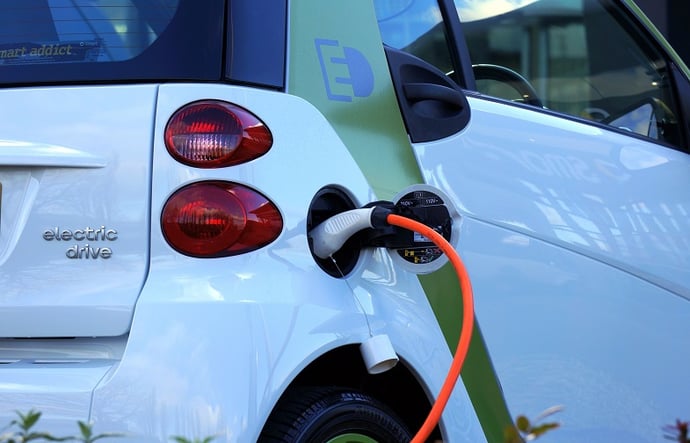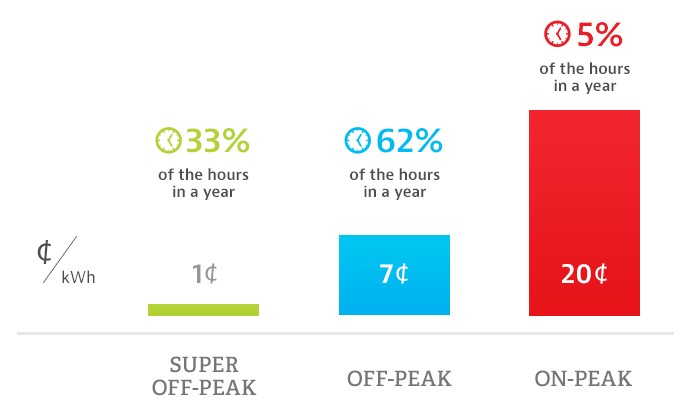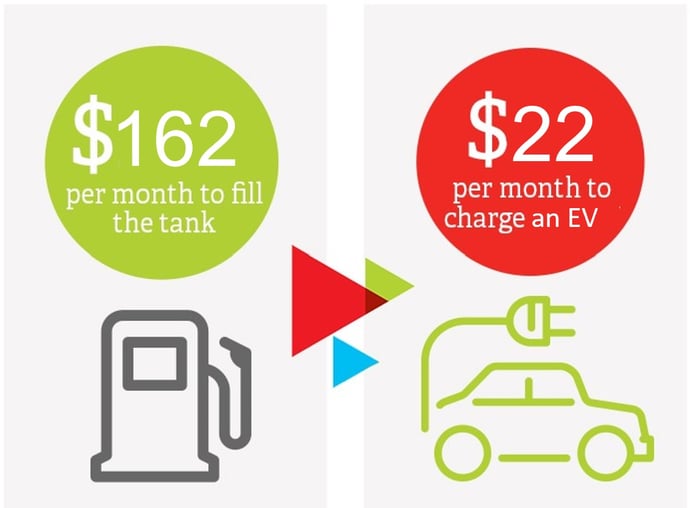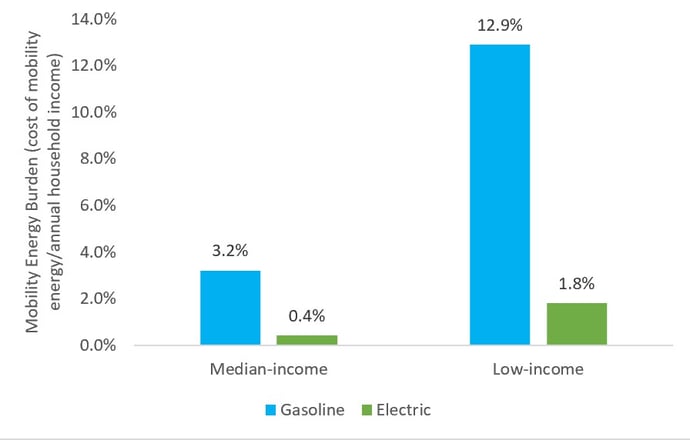Imagine if electric vehicles also drove the trend toward more equitable mobility in Georgia. Three graduate student teams from Georgia Tech conducted research as part of a class on Energy Technology and Policy focusing on EV charging infrastructure and battery recycling to promote EV adoption in Georgia. All three teams examined the implications for equity in mobility.

One of the students, Yifan Liu, a Ph.D. student in climate, energy, and environmental policy at Georgia Tech, concluded that developing our EV infrastructure and promoting the broad adoption of EVs can help us improve equity in mobility in our state.
Rapid Growth in Electric Car Manufacturing & Infrastructure in Georgia
Georgia is fast becoming an electric car manufacturing powerhouse.
Rivian and Hyundai are pushing ahead with separate Georgia EV manufacturing initiatives. Rivian plans to construct a $5 billion plant of 2,000 acres along I-20 east of Atlanta to manufacture EV light-duty trucks. Hyundai Motor Group (HMG), a South Korean conglomerate, has announced its investment of $5.54 billion into its new EV plant and battery manufacturing facility in Bryan County, close to Savannah, making it Hyundai’s first dedicated EV plant in the United States. A number of other companies are investing in Georgia-based plants to supply these EV manufacturers, including a $4 billion new battery plant in Northwest Georgia that is anticipated to bring 3,500 jobs.
Georgia’s EV Infrastructure Deployment Plan was approved this September by the Federal Highway Administration, giving our state access to $135 million in National Electric Vehicle Infrastructure formula funding over the next five years to help build out EV charging stations across the state. This funding is part of the 2021 Bipartisan Infrastructure Investment and Jobs Act (IIJA).
EV Manufacturing in Georgia Can Help Achieve Climate Goals
Transportation is the largest source of emissions in our state, and making the shift to electric vehicles is a key Drawdown Georgia climate solution. Growth in EV manufacturing comes at a time when gasoline prices are soaring and demand for EVs is increasing.

While EV manufacturing is booming in Georgia, some consumers continue to have concerns about making the switch to EVs, such as access to charging and driving range. If unaddressed, these concerns could prevent people from replacing their gasoline cars with EVs.
Georgia’s charging network is in growth mode as well, and research suggests that investments in EV charging supports EV sales.
Current Funding for U.S. EV Charging Infrastructure
A look at U.S. EV Charging Infrastructure reveals the need to go beyond the Biden administration’s $7.5 billion EV charging plan to meet the primary goal of developing 500,000 publicly available chargers by 2030 in the United States. According to one of the Georgia Tech team’s calculations, an extra $8.5 billion from other sources will be needed across the U.S. to add more charging stations based on National Renewable Energy Laboratory guidelines.
To bridge this financial gap, state and local governments, as well as home charging and additional private investment, will be needed to support the deployment of public charging stations.
Comparing EV Battery Recycling Methods
Analyzing Circular Supply Chains for EV Battery Recycling helps us understand the future for appropriate EV battery recycling. As an essential component in battery technology, lithium is in short supply, especially compared with the dramatically increased demand for EVs in the market.
In this case, battery recycling is a promising solution, although the complexities of battery technology and supply chains pose technical challenges. The team compares three current types of recycling methods and details the cost to drivers of EV battery recycling.
The EV Charger Infrastructure and Mobility Equity
One of the teams looked at EV Charger Infrastructure Analysis in Georgia and estimated that electrifying the passenger vehicle sector can reduce current greenhouse gas (GHG) emissions by approximately 7.7%, while they also note the number of net emissions depends on the local electric grid and the battery.
In this way, the recently built EV plants and battery manufacturing facilities can promote EV adoption, reduce carbon emissions, and lower the costs for Georgia’s transition to a market with more EVs. The team amplified distributive equity issues regarding the public EV chargers and the EV-specific off-peak electricity rate: who will take advantage of them and who will bear their costs? Based on case studies, they conclude the current policies in Georgia have room for improvement to become both more effective and equitable.
The presentations linked above include voiceover narration with more details. These studies come from Georgia Tech student team presentations from a course taught by Drs. Marilyn Brown and Valerie Thomas.
Comparing the Costs of Driving an EV and a Gasoline-Powered Car
 Figure 1: Assumptions about the dynamic pricing of EV charging
Figure 1: Assumptions about the dynamic pricing of EV charging
We can continue to compare the costs of owning an EV compared to a gasoline-powered car by analyzing the costs of refueling a gasoline-powered car versus recharging an electric vehicle. Here, we calculate the monthly variable costs for two types of vehicles respectively based on evidence-based assumptions, including the dynamic pricing scheme of Georgia Power as shown in Figure 1, 4,400 kWh driving consumption per year, and 8% sales tax.
 Figure 2: The comparison of the monthly variable costs between a gasoline versus electric vehicle
Figure 2: The comparison of the monthly variable costs between a gasoline versus electric vehicle
It is estimated in Figure 2 that $162 is needed per month to fill the tank, and only $22 is needed to charge an EV to meet the demand of the same driving distance.
 Figure 3: Mobility Burden with Gasoline and Electric Vehicles
Figure 3: Mobility Burden with Gasoline and Electric Vehicles
Table of Mobility Burden in Georgia (fuel cost/household income)
| Mobility Burden with Gasoline Vehicles: |
Mobility Burden with Electric Vehicles: |
|
| Median-income household | $1,938/$61,000 = 3.2% | $269/$61,000 = 0.4% |
| Low-income household | $1,938/$15,000 = 12.9% | $269/$15,000 = 1.8% |
As Figure 3 shows, it is clear that EVs hold the promise of significantly reducing the disparity in mobility burden across income groups.
The higher initial purchase price of an electric vehicle remains a barrier for low-income households in particular. One recent effort to address this obstacle is the $4,000 tax credit offered on the purchase of a used electric vehicle beginning in 2023 enacted by the IRA.
>>Learn more about how the Inflation Reduction Act is making electric vehicles more affordable.







.jpg)

